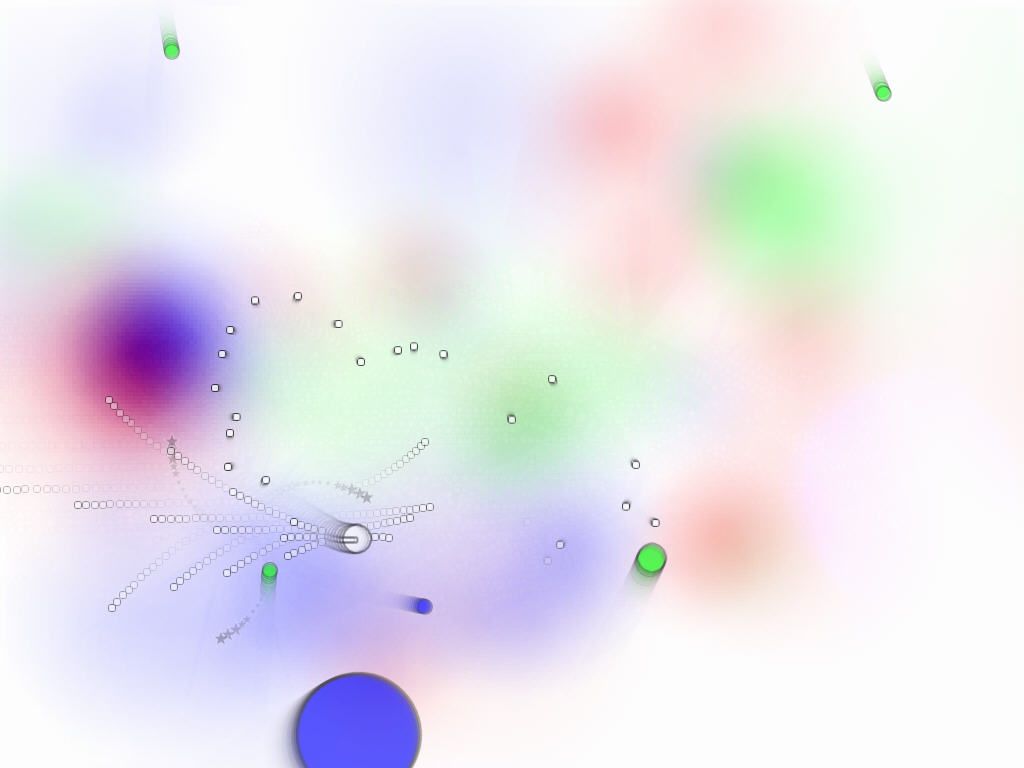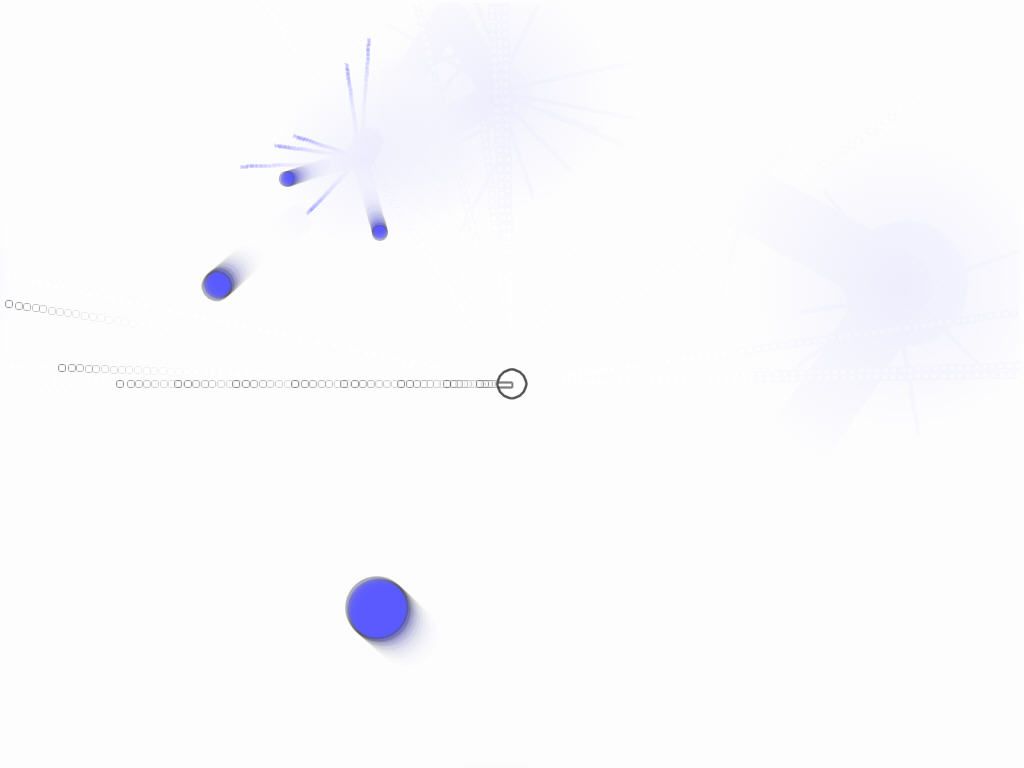Retro Replay Review
Gameplay
mono delivers a unique twist on the classic twin-stick shooter formula by integrating a dynamic color-based difficulty system. Rather than simply dodging bullets and blasting foes, players must constantly be aware of the hues beneath their feet. Stand on a calm blue patch, and enemies might hesitate before firing; shift onto a fiery red zone, and you’ll find foes moving lightning-fast and homing in relentlessly. This innovative mechanic keeps every skirmish fresh and requires split-second decision-making under fire.
(HEY YOU!! We hope you enjoy! We try not to run ads. So basically, this is a very expensive hobby running this site. Please consider joining us for updates, forums, and more. Network w/ us to make some cash or friends while retro gaming, and you can win some free retro games for posting. Okay, carry on 👍)
The core loop of shooting enemies and painting the playfield adds layers of strategy. Each enemy you take down sprays vibrant color in its wake, meaning the arena is always evolving. Players can intentionally create safe zones by clearing certain shades, or dive into riskier colors to rack up higher scores. It’s a delicate balance between aggression and caution, and nailing that balance feels immensely satisfying.
mono also offers two distinct modes—Black and White—each altering the initial canvas you’re fighting on. While the mechanics remain unchanged, starting against a dark or light background subtly shifts visual contrast and the way colors pop. This slight variation can significantly affect player perception, making each mode feel like its own experience. Switching between them keeps the challenge fresh without fundamentally changing the rules.
The pacing in mono is relentless, yet approachable. Early levels introduce you to basic enemy patterns and color interactions, but before long you’re juggling multiple shades, dodging homing fire, and managing fast-moving swarms. It’s a steep but fair learning curve, rewarding practice and map awareness. Whether you’re after a quick high-score run or a marathon session, the gameplay loop remains tightly tuned and endlessly replayable.
Graphics
Visually, mono embraces a minimalist aesthetic that focuses on bright, contrasting colors against stark backgrounds. The dual-mode choice of Black or White backdrop serves as an excellent canvas for the neon splashes left behind by each defeated enemy. Despite its simplicity, the game’s visual language is bold and immediately engaging, ensuring that every paint-splatter and projectile is crystal clear, even in the most chaotic firefights.
Enemy designs are distinctive yet uncluttered, employing geometric shapes and clean lines that echo classic arcade shoot-’em-ups. This retro-inspired look is not just a stylistic choice but a functional one: there’s never any question about hitboxes or bullet origins, which keeps the action fair and readable. Subtle animations—such as enemies pulsating before firing or color gradients shifting underfoot—add polish without overwhelming the senses.
Particle effects play a central role in mono’s visual appeal. When you eliminate foes, their colorful trails burst across the screen in satisfying arcs, creating ephemeral works of art that celebrate your progress. These transient color blooms also serve as vital gameplay cues, highlighting which areas you’ve covered and which remain painted by adversaries. It’s an elegant fusion of form and function.
On higher-end hardware, mono runs at a silky-smooth frame rate, ensuring input lag is virtually nonexistent. The crisp lines and saturated hues maintain clarity even during flurries of bullets and explosions. Combined with a minimalist HUD and tasteful menus, the graphical presentation feels modern and accessible while paying homage to its arcade forebears.
Story
mono doesn’t rely on a sprawling narrative or cinematics; instead, it offers a distilled sci-fi premise that complements its arcade gameplay. You are a lone agent armed with a multi-chromatic blaster, tasked with purifying an ever-shifting digital realm overrun by rogue bots. The goal is simple: reclaim territory by painting over hostile forces, but the underlying theme hints at a conflict between order and chaos.
The lack of a heavy storyline is intentional, allowing players to focus on the core shooting and color-strategy mechanics. Brief text snippets between levels establish context—describing corrupted sectors, malfunctioning guardians, and the mysterious origin of the color-based anomaly—but then swiftly hand control back to you. This approach works well for a fast-paced arcade title, ensuring narrative beats don’t interrupt the flow.
Environmental storytelling shines through the palette and enemy designs. As you progress, the color interactions become more complex, suggesting deeper layers of corruption within the digital world. The shifting hues evoke a sense of escalating danger, making each new stage feel like an organic evolution of the game’s world rather than a disconnected set of arenas.
mono’s minimalist narrative may not satisfy those seeking character-driven campaigns or elaborate lore, but it strikes a harmonious balance for its genre. The simple story elements provide enough purpose to your actions without overshadowing the addictive core mechanics. In essence, mono tells its tale through color and chaos—an effective narrative shorthand that keeps you engaged without bogging down the arcade experience.
Overall Experience
From the moment you launch mono, it’s clear that every design choice was made to serve its unique color-based gameplay loop. The seamless marriage of shooting, painting, and tactical positioning makes for an arcade experience that is both familiar and refreshingly original. Each run feels like a creative endeavor—painting your victories in bursts of neon and learning from the colorful chaos that follows.
The two game modes, Black and White, offer a simple yet effective way to vary your play sessions. Switching between them can change the feel of familiar arenas without altering the core mechanics, encouraging players to adapt their strategies to new visual contexts. It’s a small touch that extends replayability and keeps the game feeling fresh, even after dozens of runs.
Accessibility options are straightforward, with customizable controls and adjustable audio levels ensuring that both novices and veterans of the twin-stick genre can find their groove. The learning curve is steep but fair, and the satisfaction of mastering color-specific tactics makes each victory feel earned. For players who thrive on high-score chases, mono provides a robust leaderboard system to showcase your prowess.
Ultimately, mono is a compact yet compelling arcade shooter that distinguishes itself through smart design and a bold visual identity. While it may not cater to those craving deep narratives or sprawling open worlds, it excels as a precision-focused, endlessly replayable blast of colorful mayhem. Whether you’re a casual gamer looking for quick bursts of action or a hardcore enthusiast chasing leaderboard dominance, mono paints a compelling case for itself.
 Retro Replay Retro Replay gaming reviews, news, emulation, geek stuff and more!
Retro Replay Retro Replay gaming reviews, news, emulation, geek stuff and more!








Reviews
There are no reviews yet.